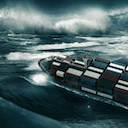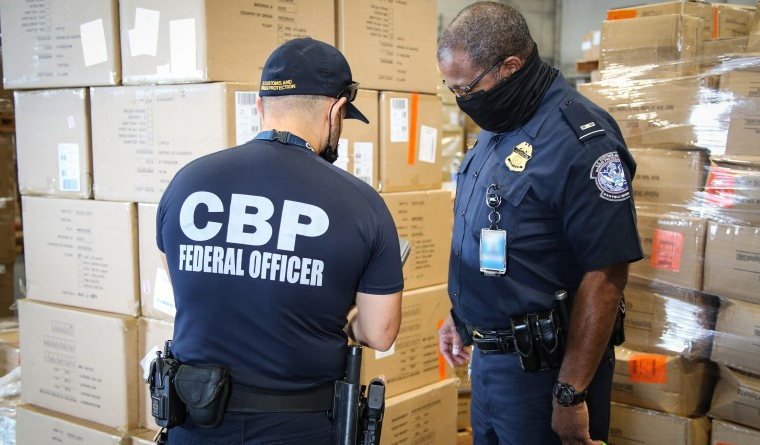Automating the Customs Clearance Process with Machine Learning
Nowadays, machine learning approaches are being used in many different industries to help automate processes and make them more efficient. The customs brokerage industry is no exception. Machine learning can be used to help streamline the customs clearance process and make it more efficient.
One way machine learning can be used is to automate the classification of goods. This would involve using algorithms to classify goods based on their characteristics, such as size, weight, and type. This would help to reduce the amount of time it takes to classify goods and make the process more accurate.
Another way machine learning can be used is to automate the calculation of duties and taxes. This would involve using algorithms to calculate the correct amount of duties and taxes based on the characteristics of the goods. This would help to reduce the amount of time it takes to calculate duties and taxes and make the process more accurate.
Machine learning can also be used to automate the completion of customs declarations. This would involve using algorithms to fill out the necessary forms and documents based on the characteristics of the goods. This would help to reduce the amount of time it takes to complete the customs declaration and make the process more accurate.
Finally, machine learning can be used to automate the tracking of goods. This would involve using algorithms to track the movement of goods from the point of origin to the point of destination. This would help to reduce the amount of time it takes to track goods and make the process more accurate.
Overall, machine learning approaches can be used to help streamline the customs clearance process and make it more efficient. By automating the classification of goods, the calculation of duties and taxes, the completion of customs declarations, and the tracking of goods, machine learning can help to reduce the amount of time it takes to complete the customs clearance process and make it more accurate.


This is so cool! I had no idea data analytics could be used to make customs clearance more efficient. It’s great to see how technology is being used to improve processes like these.
Wow, this is really interesting. I didn’t realize how much data analytics could help with the customs clearance process! It’s amazing to see how technology can be used to make such a complex process more efficient.